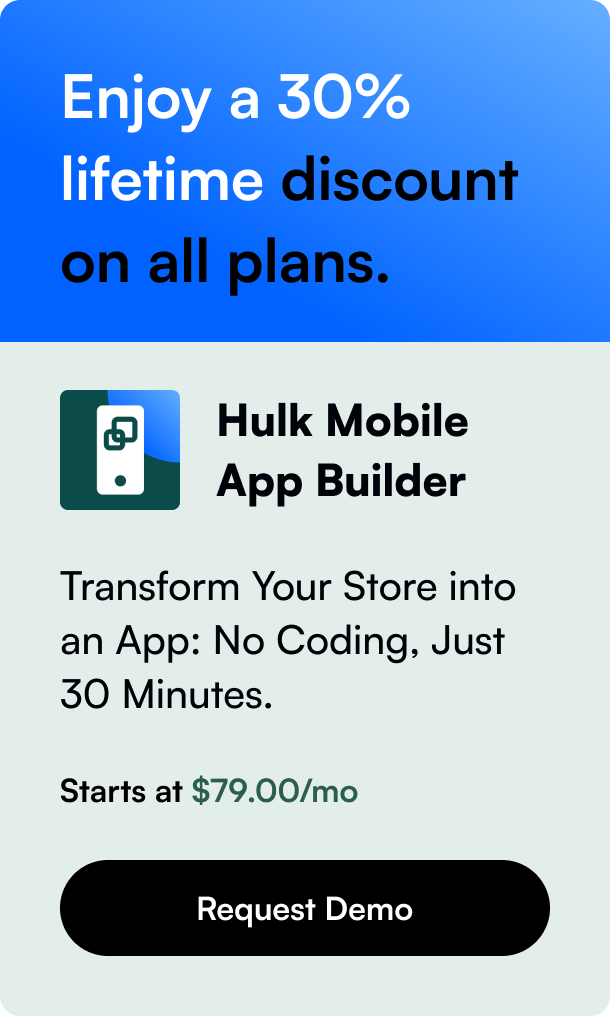Table of Contents
- Introduction
- Lightspeed vs Shopify: An Overview
- What’s on Offer
- Customization and Ease of Use
- The Power of Integration
- Pricing Structures
- POS Systems Compared
- Lightspeed vs Shopify: The Final Verdict
- Conclusion
Introduction
Choosing the right eCommerce and point-of-sale (POS) system for your business can be a game-changer. These systems not only assist with everyday sales transactions but also play a critical role in inventory management, customer relations, and business analytics. Two of the biggest names in this space are Lightspeed and Shopify. Each offers a comprehensive suite of services catering to both the physical and digital aspects of retail business. In this post, we'll dive into a detailed comparison of Lightspeed vs Shopify to help you decide which one best suits your business needs.
Lightspeed vs Shopify: An Overview
Lightspeed is known for its robust cloud-based solutions, servicing industries like retail, hospitality, and golf. Renowned for its POS prowess, Lightspeed has expanded into providing unified in-store and eCommerce platforms, allowing businesses to manage operations seamlessly across different channels.
On the other hand, Shopify dominates as an all-in-one ecommerce platform, supporting over a million businesses globally. With a focus on easily building and managing online stores, Shopify also features an integrated POS system to enable sales across various customer touchpoints.
Each platform has its unique strengths and nuances. So let’s explore what they have on offer.
What’s on Offer
Both platforms provide an impressive array of features designed for the modern retailer. This includes:
- POS Systems: Engage customers anywhere with versatile POS systems compatible with various devices, offering flexibility in sales processing and managing customer relationships.
- Ecommerce Platforms: Create stunning online stores with a multitude of templates and customization options.
- Inventory Management: Keep your stock in check with features that track product levels and automate reordering.
- Customer Management: Build and manage customer profiles to enhance marketing efforts and customer service.
- Data and Reports: Access comprehensive data and analytics to make informed business decisions.
Customization and Ease of Use
When it comes to customization, Shopify shines with its user-friendly interface and extensive selection of templates and apps. This makes it ideal for businesses looking to carve out a unique space in the ecommerce landscape.
Lightspeed, while offering less in the way of website templates, provides an equally intuitive system, especially regarding POS functionalities and in-store operations.
The Power of Integration
An effective eCommerce and POS platform needs to play well with others. Thankfully, both Shopify and Lightspeed offer numerous integrations:
- Lightspeed Integrates with a solid selection of software, ensuring your technical setup is tailored to your specific business type, which is quite advantageous for specialized businesses.
- Shopify, with its vast app market, stands out for its flexibility, allowing businesses to extend functionality in nearly any direction.
Pricing Structures
The cost of moving your retail operations onto one of these platforms is a critical factor:
- Lightspeed offers subscription-based pricing with different tiers for retail, restaurant, and golf sectors, highlighting its segmented focus.
- Shopify has a more straightforward pricing model, with plans ranging from lite setups to advanced options designed for scaling businesses. Shopify tends to be more suited for businesses looking for broad-reaching ecommerce solutions.
POS Systems Compared
While Shopify started as an ecommerce solution, its POS offering has evolved into a robust system that merges online and offline sales well. Lightspeed’s POS, however, offers more depth in retail-specific features, making it potentially more suitable for brick-and-mortar operations looking to extend online.
Lightspeed vs Shopify: The Final Verdict
Summarizing the detailed analysis, it's clear that both platforms offer compelling features. However, they cater to slightly different audiences:
- Lightspeed excels in comprehensive POS solutions and would be an ideal fit for businesses that have a significant in-store presence and are looking to integrate online operations.
- Shopify is the go-to for ecommerce-first businesses, offering an incredible range of apps and customization options to optimize the digital shopping experience.
Conclusion
Making the right choice between Lightspeed and Shopify depends heavily on where your business focus lies. If in-store sales drive your operations, Lightspeed may be your best bet. Conversely, if you're looking toward dominating the online retail space, Shopify’s comprehensive and user-friendly platform could be the way forward.
Both platforms offer trials, allowing you to get hands-on experience before making a commitment — a smart move given the critical role these systems will play in your business.
FAQs
Still have questions? Here are some quick answers to common queries about Lightspeed and Shopify:
- Is either platform better for a specific size business? Shopify is well-suited for businesses of all sizes, from small startups to large enterprises. Lightspeed is fantastic for medium to larger retail operations but might be overkill for very small businesses.
- Can I switch from one platform to the other if needed? Yes, both platforms support migrations, though it’s a task best carried out by professionals to ensure a smooth transition without data loss.
- Do these platforms support omnichannel retail? Absolutely. Both Lightspeed and Shopify provide robust support for omnichannel retail strategies.
- What kind of support can I expect from these platforms? Both offer extensive support networks, including online resources, community forums, and customer service teams.
Choose wisely, and your chosen platform will not only manage transactions but will also fuel growth, engage customers, and offer you insights to steer your business to success.









